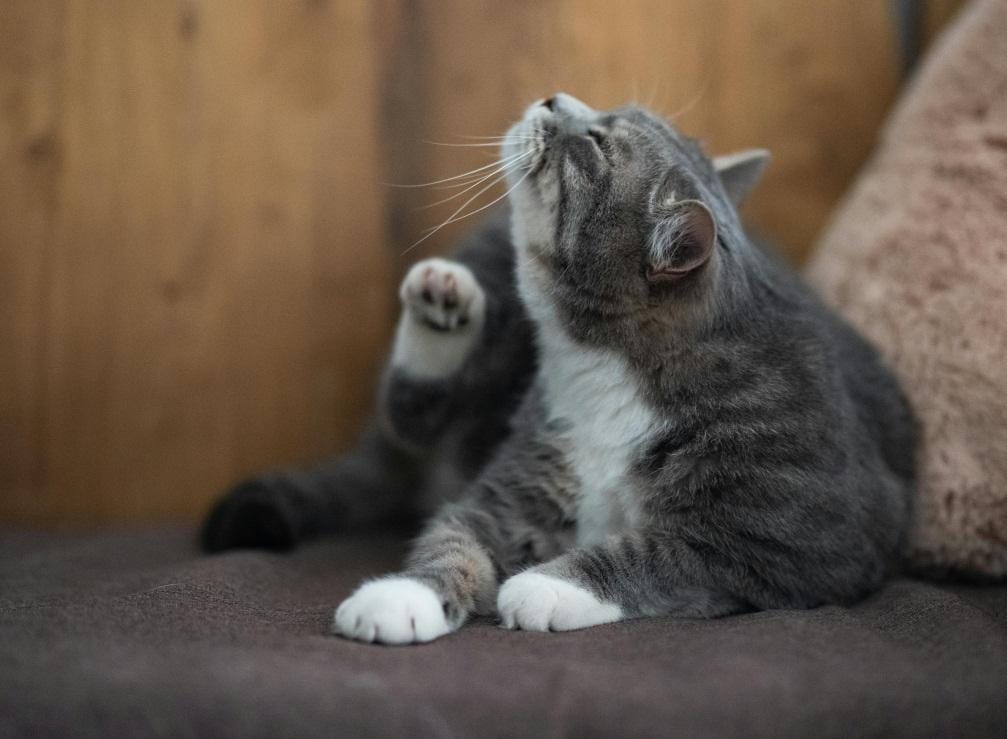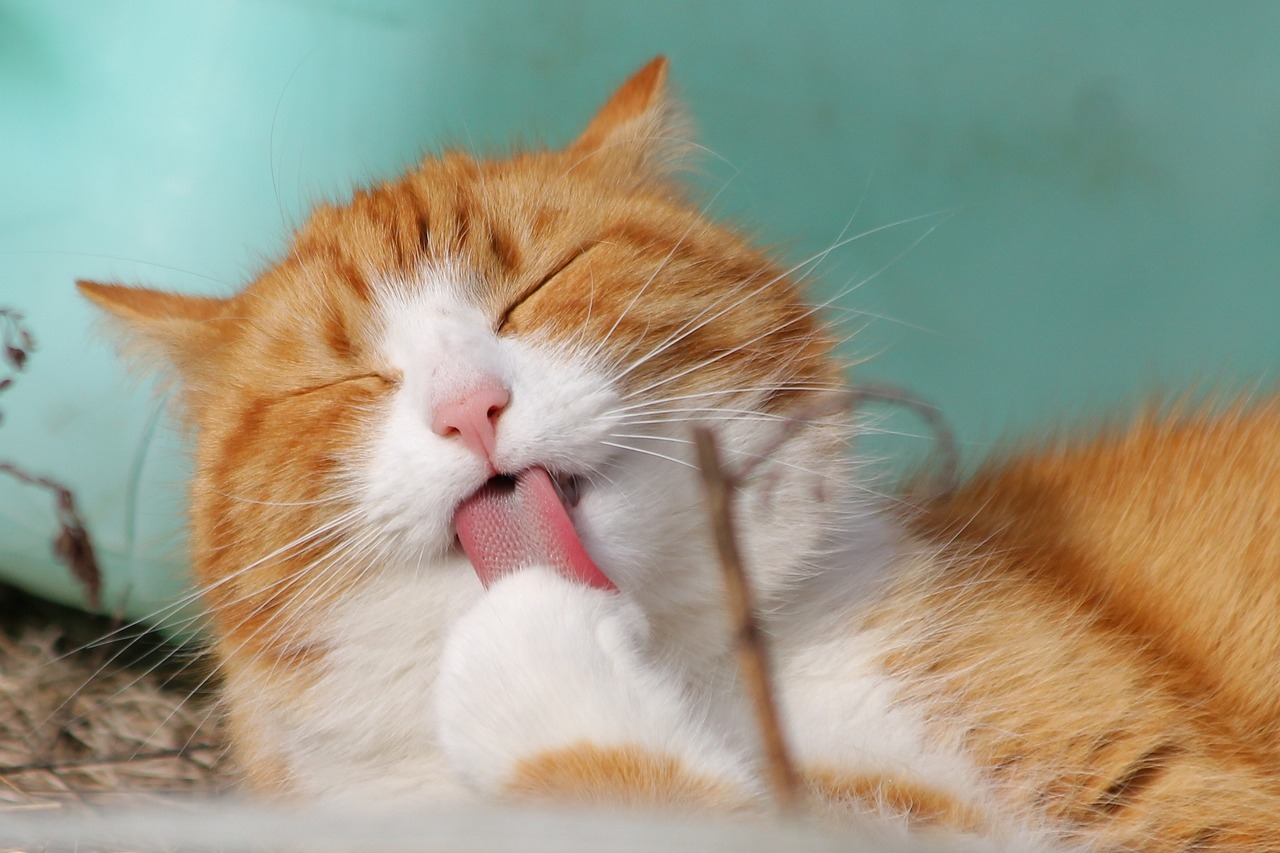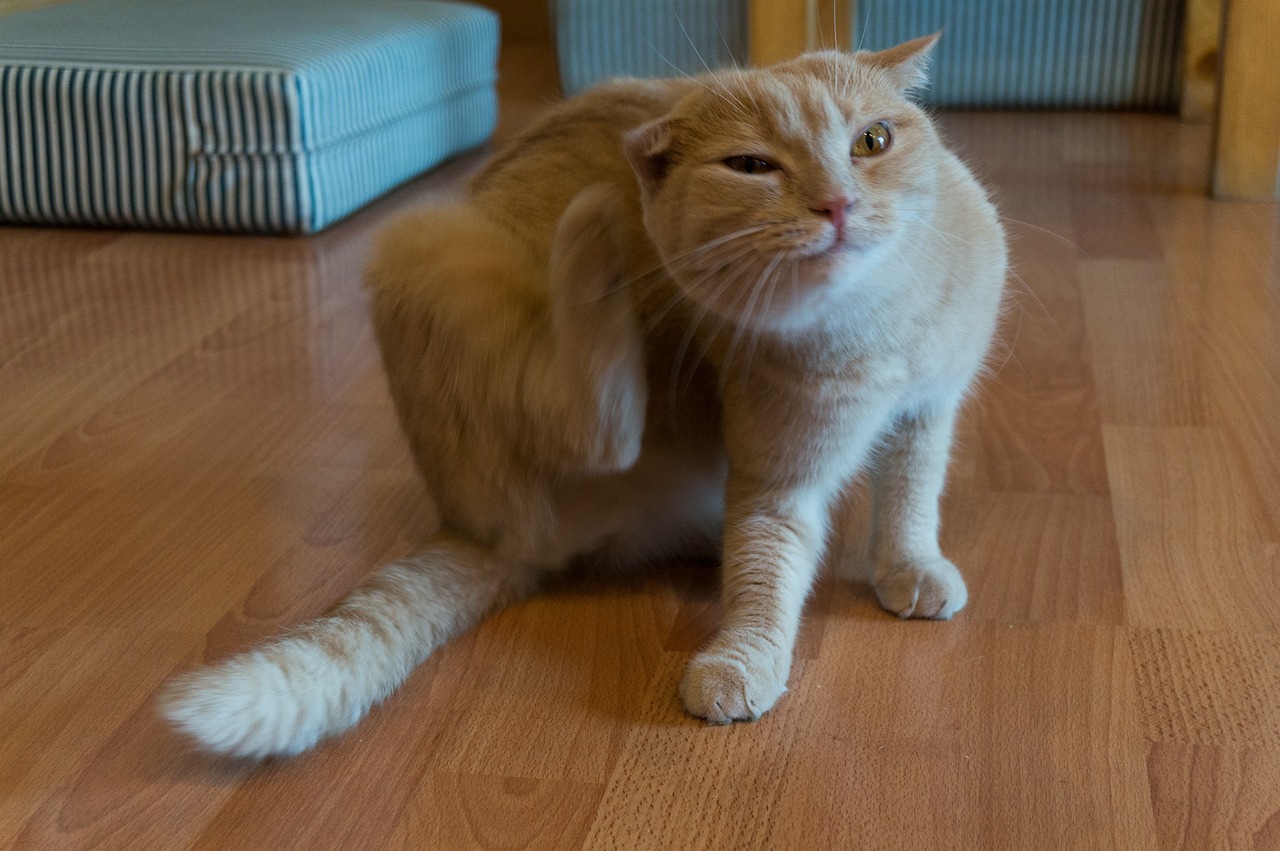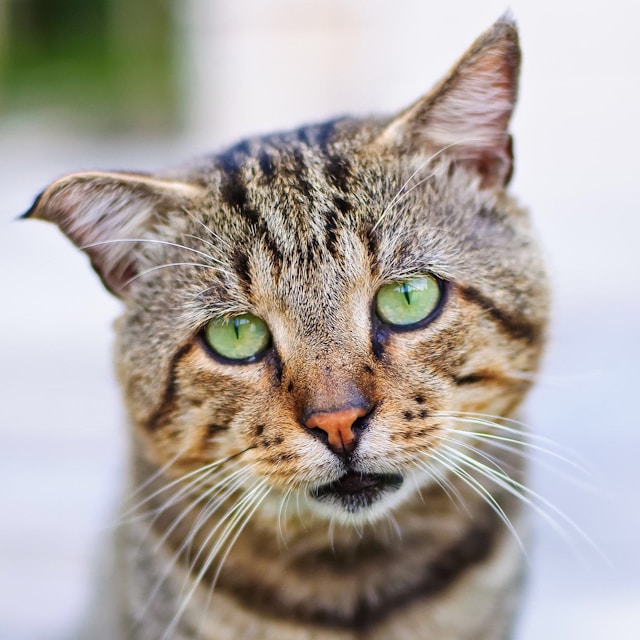British Shorthair
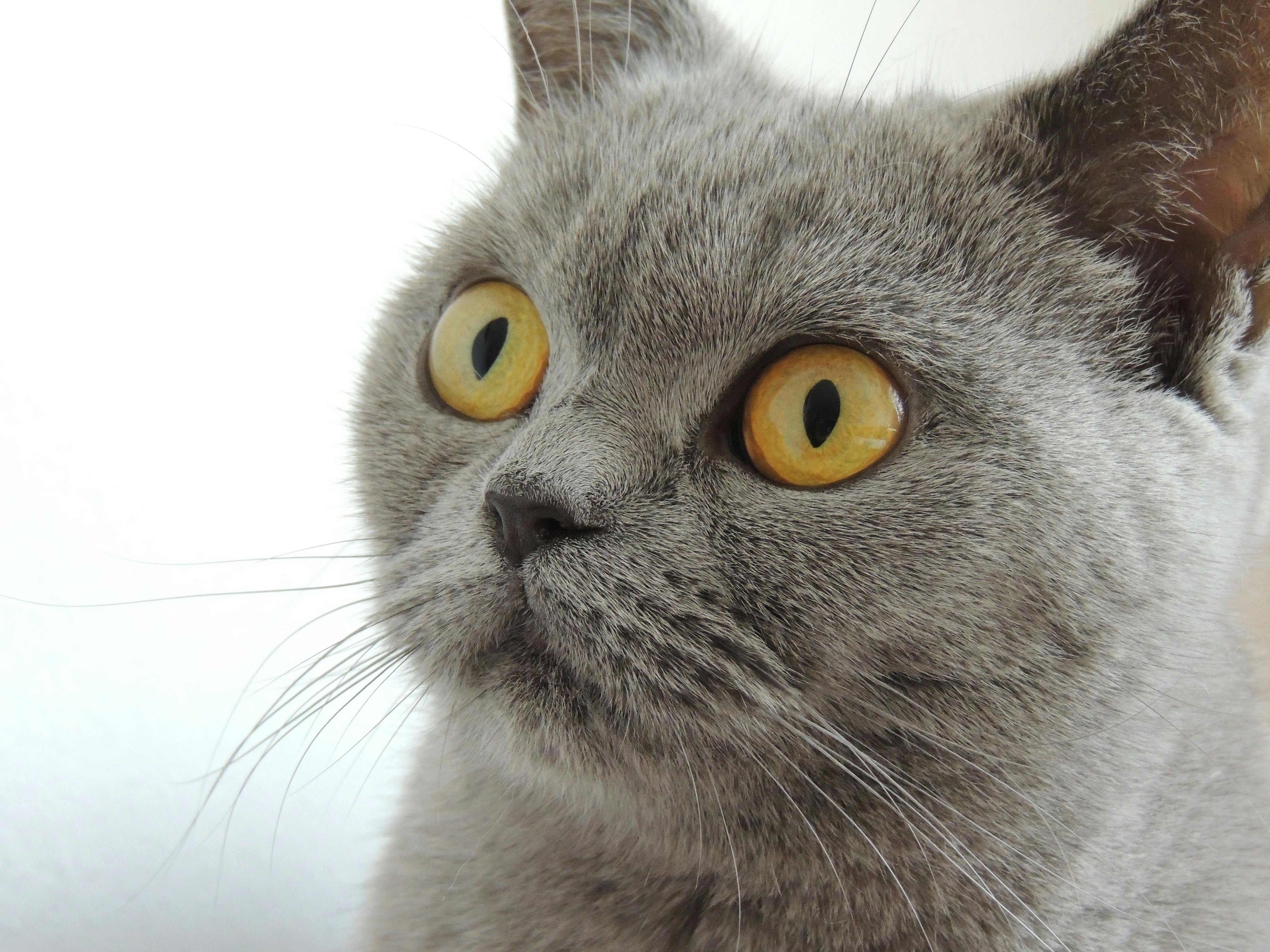
| OFFICIAL NAME | British Shorthair |
| COMMON NAME | British Shorthair |
| PET HEIGHT | 12 to 14 inches |
| PET WEIGHT | 7 to 17 pounds |
| LIFESPAN | 15 to 20 years |
| GOOD WITH | cats, children, dogs, families, seniors |
| TEMPERAMENT | affectionate, sociable |
| INTELLIGENCE | high |
| SHEDDING AMOUNT | occasional |
| PLAYFULNESS | medium |
| ENERGY LEVEL | calm |
| VOCAL LEVEL | when necessary |
| COAT LENGTH | short |
| COLORS |
black/ebony, blue/gray, chocolate/brown/sable, cinnamon, cream/beige/tan, fawn, lilac, red/orange, white |
| OTHER TRAITS |
easy to groom, easy to train, friendly toward humans, friendly toward other pets, friendly toward strangers, good for first-time pet owners, high prey drive, strong loyalty tendencies, tolerates being alone |
Although they enjoy spending time with their owners, they don't like to be held or cuddled too much. Though the traditional British Shorthair is recognized for its blue fur, these stunning cats are available in various colors and patterns. They're also generally healthy, which makes them an excellent low-maintenance pet option.
British Shorthair Appearance
Loved for their thick, dense coats that come in nearly every color and pattern, British Shorthairs are also known for their laid-back disposition. Among enthusiasts, the blue-gray varieties, British Blues, are particularly well-liked.
These cats can easily be identified by their robust legs, broad chests, circular heads, plump cheeks that beg to be pinched, and standard blue coats. While those with other coat colors may have green, copper, amber, or blue eyes, British Shorthairs with blue coats usually have eye-catching orange-amber eyes. They only require a quick brushing once a week to stay neat, even with their luxurious coats. Male British Shorthairs can weigh up to 17 pounds because they are a large breed.
British Shorthair Personality
One peaceful and adaptable cat breed is the British Shorthair. They pick things up fast and get along with everyone in the house. However, they frequently develop a close relationship with a single person. They're generally quiet and laid-back, though they don't like to be carried. They can be very playful when they are kittens. Still, they become great family members and companions as they get older.
British Shorthairs have low vocalization and a tendency to stray. They don't experience separation anxiety and manage to be by themselves well. Although this breed loves to play hard, it is equally content to lounge in front of the TV. Because they are ambiverts who enjoy both attention and privacy, they may not be big fans of giving or receiving intense hugs.
British Shorthair Living Needs
British Shorthairs can live in nearly any environment as long as they have loving owners who spend time with them, just like most cats. They manage to combine having fun with harmoniously lounging in the sun. This implies that while they won't cause you any trouble while you're at work, they will gladly play a game of chase-the-mouse-toy, especially if they have lots of toys to occupy their time.
Given the size of British Shorthairs, purchasing two or more large litter boxes is a good idea so your pet can grow into them without discomfort. As a general rule, pick a litter box roughly half the length and as wide as your cat from nose to tail base. British Shorthairs like to have a cat tree (or two!) to stretch, scratch, and gaze out the window at the passing scenery like most cats.
British Shorthair Care
British Shorthairs require less grooming maintenance than long-haired cats. Their short, soft, and dense coats only need brushing to get rid of dead hair and skin cells weekly. They maintain their hygiene mainly.
British Shorthair cats require routine dental and nail care and routine veterinary visits like any other cat. As your veterinarian advises, spay or neuter your pet and maintain up-to-date vaccination records. Check their ears frequently for ear mites or buildup of wax. To ensure they continue using their litter boxes without complaint, keeping them clean is also essential.
British Shorthair Health
Like all cats, British Shorthairs can be susceptible to specific health problems. Still, they are a large, generally healthy breed with a 20-year lifespan. Hypertrophic cardiomyopathy, a thickening of the heart's muscular walls that causes breathing difficulties, lethargy, and appetite loss in older cats, as well as kidney and urinary tract issues, are some common conditions they may encounter. Get your British Shorthair kitten from a reputable breeder who uses healthy adult cats to reduce the risk of these health issues. It's also crucial to schedule an annual examination for your cat with the veterinarian.
British Shorthair Exercise Requirements
Maintaining the health of your British Shorthair requires exercise. They can quickly gain weight because they have energy but aren't very active, especially as they age. Provide interactive toys, fishing wands, balls, lasers, and climbing frames like shelves and cat trees to keep them active and mentally engaged.
British Shorthair Training
British Shorthairs are intelligent and reasonably easy to train compared to other cat breeds. Given the proper methods and constant practice, they are good at learning various tricks and behaviors. However, every British Shorthair has a unique personality that can affect how receptive they are to new things and how they react to training.
British Shorthair History
The cats that the Roman invaders brought to England are thought to be the direct ancestors of the ancient breed known as the British Shorthair. They were first brought in to control vermin, but as farm and street cats, they soon spread across the nation. They quickly won people over with their poised and self-assured demeanor, and they were invited into their homes. Over time, they evolved round faces and short, thick coats in a range of colors.
By crossing various cats, a committed cat breeder named Harrison Weir formally developed the British Shorthair in the late 1800s. Weir's blue tabby British Shorthair cat took home the Best in Show title at the inaugural organized cat show, which took place at London's Crystal Palace in 1871.
Following World War I, Persian, Russian Blue, French Chartreux, and domestic shorthair cats were combined to create the modern British Shorthair. The British Shorthair gained official international recognition by the 1970s.
British Shorthair Fun Facts
Because of their iconic role as the Cheshire Cat in Alice's Adventures in Wonderland, British Shorthairs have a unique place in literature. The source of Lewis Carroll's mysterious smile is unknown (some point to a Cheshire Cheese label, others a church sculpture). Still, there's no denying the cat's resemblance to a happy British Shorthair.
Similarly, Puss in Boots—who speaks Spanish—is frequently portrayed as a British Shorthair due to his large green eyes and plump cheeks.
These days, Coby the Cat, a British Shorthair, has more than 1.5 million Instagram followers, demonstrating the breed's lasting appeal.
Get insurance plans with wide-ranging coverage options








